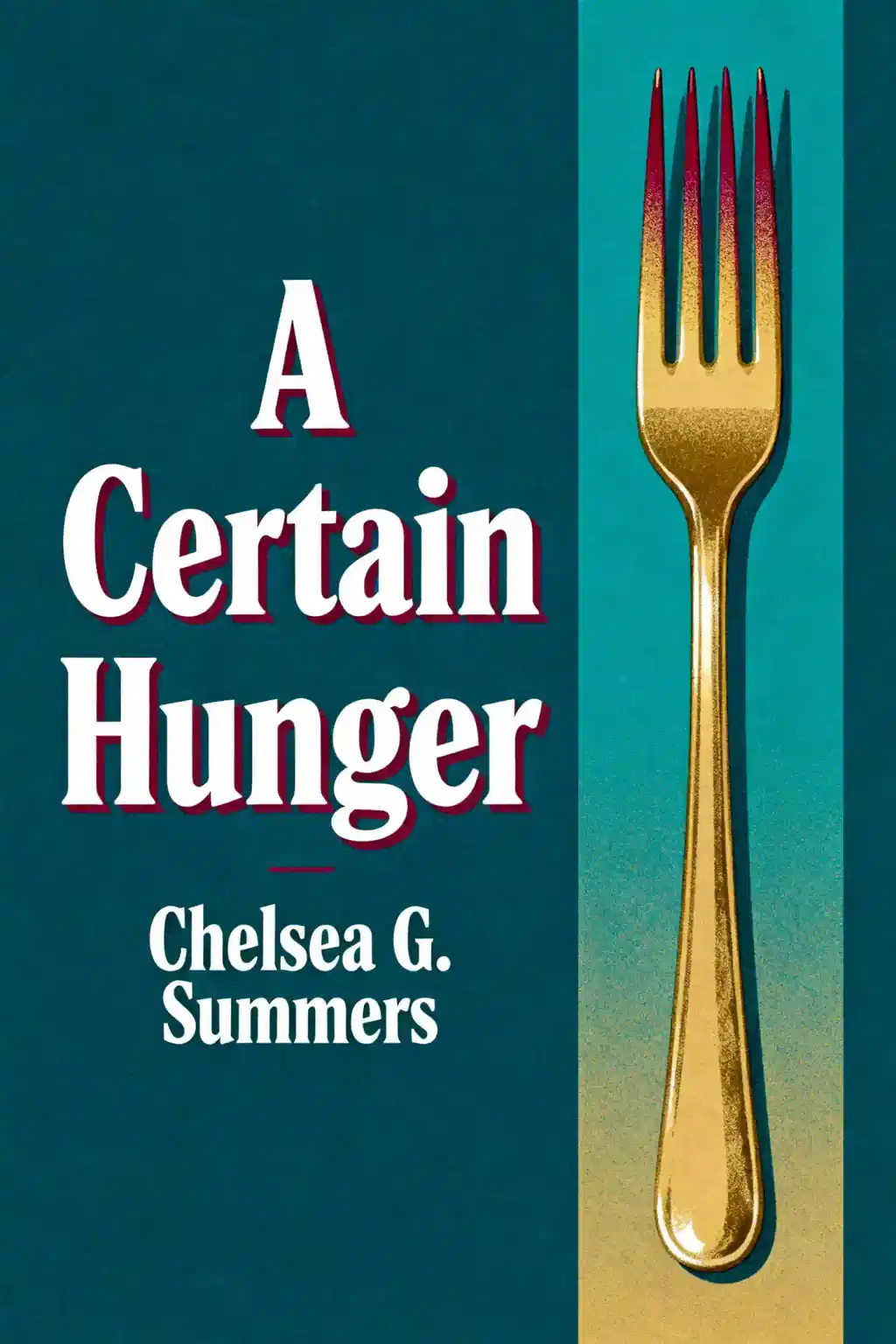
The Paris Novel by Ruth Reichl Summary
Overview of The Paris Novel
In Reichl's bestselling "The Paris Novel," a young woman's culinary journey through 1980s Paris captivates Julia Louis-Dreyfus and Nigella Lawson alike. What secrets of French cuisine and self-discovery await in this James Beard Lifetime Achievement winner's sumptuous, "giddy, escapist confection"?
Similar books to The Paris Novel
Feel the book through the author's voice
Turn knowledge into engaging, example-rich insights
Capture key ideas in a flash for fast learning
Enjoy the book in a fun and engaging way
Key takeaways
From Inheritance to Identity: A Parisian Awakening
The black chiffon dress in the Parisian boutique window seemed to call to Stella Knightley. When she tried it on, the garment transformed her-making her serious face touchingly sensual and her gray eyes mysteriously smoky. Though spending her inheritance on such extravagance felt wrong, this dress became the first breadcrumb on a path to discovering not just her family's secrets but her own identity. Paris wasn't Stella's choice. Her mother Celia-a woman who insisted she "was not born to be anyone's mother"-had left her final instruction after dying in a taxi accident: "Go to Paris," along with funds for the trip. Stella had spent her life creating rigid routines that Celia mocked, finding sanctuary in museums where she could "be alone in a crowd." Now, without Celia as her counterpoint, Stella's carefully constructed life felt hollow. What awaited her in the City of Light would challenge everything she thought she knew about herself. What transforms us isn't always what we expect. Sometimes it's a dress with "Severine" on its label, an oyster that tastes like the ocean, or a painting of a forgotten woman artist who refuses to be defined by others' perceptions. For Stella, Paris offered not just a journey through cobblestone streets, but a passage to her authentic self.
The Weight of Maternal Absence
A Reluctant Sensory Awakening
The Hunt for Lost Legacy
Finding a Father in the Kitchen
A Tapestry of Found Family
The Art of Becoming
Quick Summary Mode - Read or listen to The Paris Novel Summary in 8 Minutes
Break down key ideas from The Paris Novel into bite-sized takeaways to understand how innovative teams create, collaborate, and grow.
Flash Card Mode - Top 10 Insights from The Paris Novel in a Nutshell
Distill The Paris Novel into rapid-fire memory cues that highlight Pixar’s principles of candor, teamwork, and creative resilience.

Fun Mode - The Paris Novel Lessons Told Through 21-Min Stories
Experience The Paris Novel through vivid storytelling that turns Pixar’s innovation lessons into moments you’ll remember and apply.
Personalize Mode - Read or listen to The Paris Novel Summary in 0 Minutes
Ask anything, pick the voice, and co-create insights that truly resonate with you.

From Columbia University alumni built in San Francisco
"Instead of endless scrolling, I just hit play on BeFreed. It saves me so much time."
"I never knew where to start with nonfiction—BeFreed’s book lists turned into podcasts gave me a clear path."
"Perfect balance between learning and entertainment. Finished ‘Thinking, Fast and Slow’ on my commute this week."
"Crazy how much I learned while walking the dog. BeFreed = small habits → big gains."
"Reading used to feel like a chore. Now it’s just part of my lifestyle."
"Feels effortless compared to reading. I’ve finished 6 books this month already."
"BeFreed turned my guilty doomscrolling into something that feels productive and inspiring."
"BeFreed turned my commute into learning time. 20-min podcasts are perfect for finishing books I never had time for."
"BeFreed replaced my podcast queue. Imagine Spotify for books — that’s it. 🙌"
"It is great for me to learn something from the book without reading it."
"The themed book list podcasts help me connect ideas across authors—like a guided audio journey."
"Makes me feel smarter every time before going to work"
From Columbia University alumni built in San Francisco

Get the The Paris Novel summary as a free PDF or EPUB. Print it or read offline anytime.










